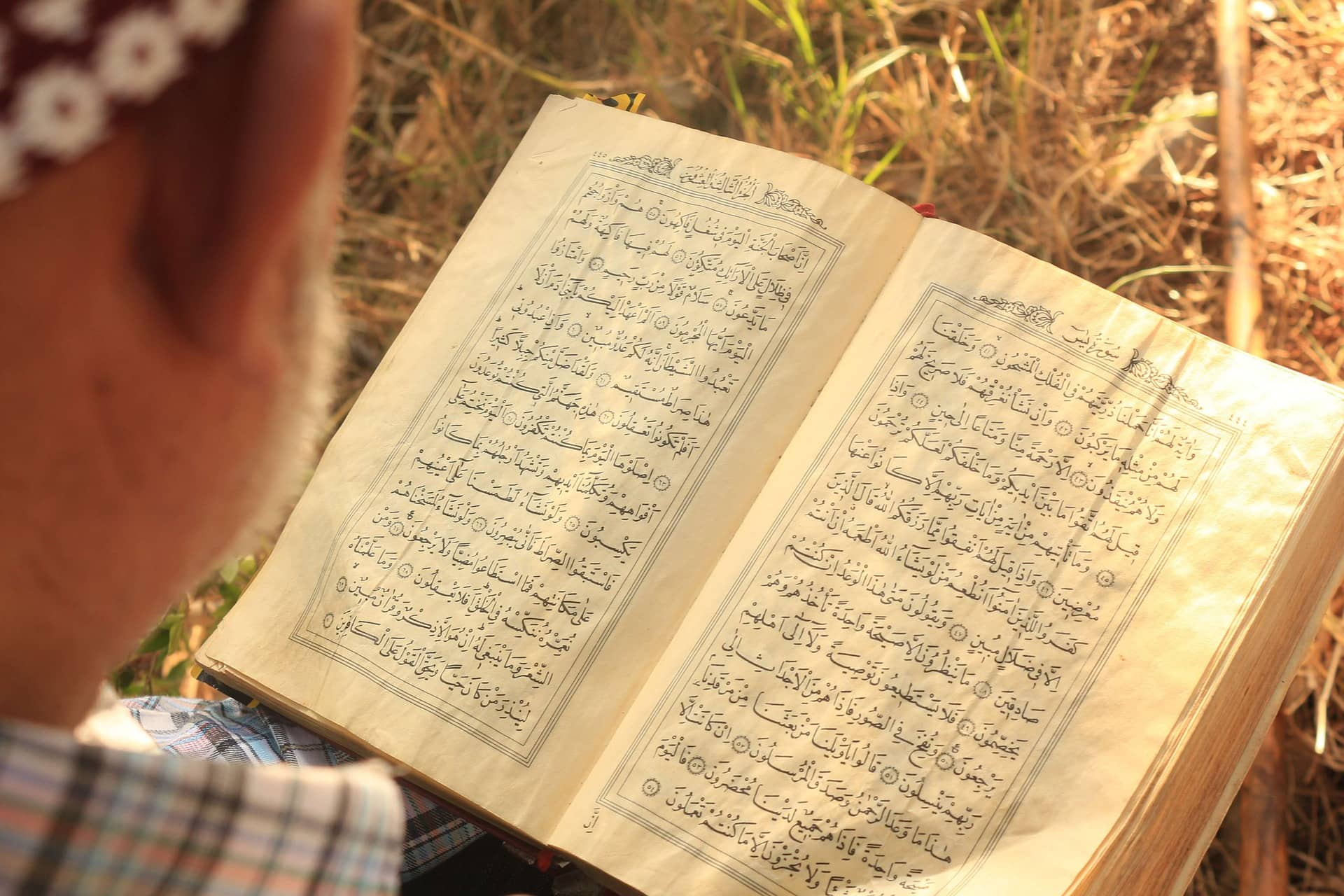1) Follow along with the Hajj as it is being performed. Set aside some time each day to reflect on the rituals that the Hajjis are performing that day. There are dozens of Hajj manuals that explain what is to be done, when it is being done, and in which location. Michael Wolfe's virtual tour is easy to use, with gorgeous photos. Think about the meaning of the day's rituals and how it applies to your life. Look at pictures of people performing those rituals, and imagine yourself doing them along with the Hajjis. What would you be feeling? What du'a (supplications and prayers) would you make?
2) Read a personal memoir of Hajj. There are a variety of personal travel memoirs describing individual Hajj experiences. Wolfe's autobiographical work, "The Hadj, an American's Pilgrimage to Mecca," describes in comprehensive detail his trip to Mecca via Morocco. Wolfe also edited the anthology "One Thousand Roads to Mecca," which features 23 short memoirs by a wide variety of personalities from Ibn Batuta to Muhammad Asad. "Journey of Discovery," a very intimate account by Shamima Shaikh and Na'eem Jeenah, follows the South African husband and wife on their Hajj and offers the unique perspective of a post-apartheid couple. The provocative "Standing Alone in Mecca" by Asra Nomani is a vivid report of the kind of personal impact Hajj can make on an individual's life. And Ali Shariati's reflections on the meaning of Hajj in his book, "Hajj," are also considered to be among the most uplifting of pilgrimage stories.
3) Watch a documentary about Hajj. In addition to his written memoir, Wolfe produced a documentary about his 1997 Hajj experiences with "Nightline's" Ted Koppel. Riz Khan filmed two well-known documentaries for CNN in 1998 and 2000 detailing everything about the Hajj. The Discovery Channel also produced a documentary on Hajj, and National Geographic's, "Inside Mecca," presents three different personal Hajj stories: Malaysian, South African, and American.
4) Tune into Radio Hajj. With broadcasts following the Hajj rituals, religious shows, discussions of issues, and children's programming, Radio Hajj is designed to help listeners to keep up to date with events during the Islamic holy month of Dul-Hijjah.
5) Buddy up with a new Muslim to help them learn about Hajj. Most new converts to Islam have only a vague of what Hajj and Eid ul Adha is all about. Get together with a new Muslim in your community and explain the what, where, who, when and why of Hajj over a leisurely cup of tea. Be sure to bring visual aids! In the process you're likely to make a new friend, and you might just learn something yourself.
6) Volunteer to give a talk in a local school or library about the Hajj. Most public schools and community libraries are eager to have people of different faiths come in and explain their holidays and rituals. Visual aids and cultural artifacts--prayer rugs, scarves, ihram clothes, Eid cards and clothes--all go over well, especially with children. Explaining Hajj and Eid ul Adha to non-Muslims can help you remember why it is important to yourself.
7) For the younger set, play the Hajj Fun Game, which introduces Hajj to kids ages 10 and up. It will surely set the mood for excitement. And nearly every person knows someone going for Hajj each year. Discuss that person's journey with young people, and ask the Hajji to have a special talk with the youth in your family about their pilgrimage after they return.

